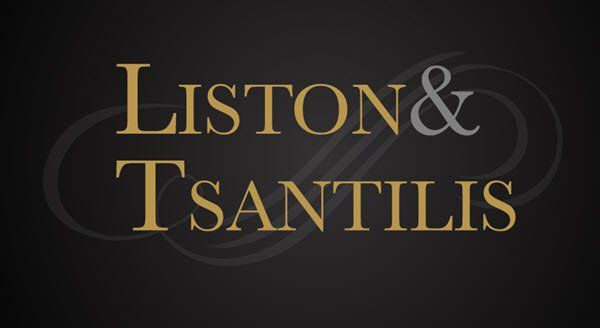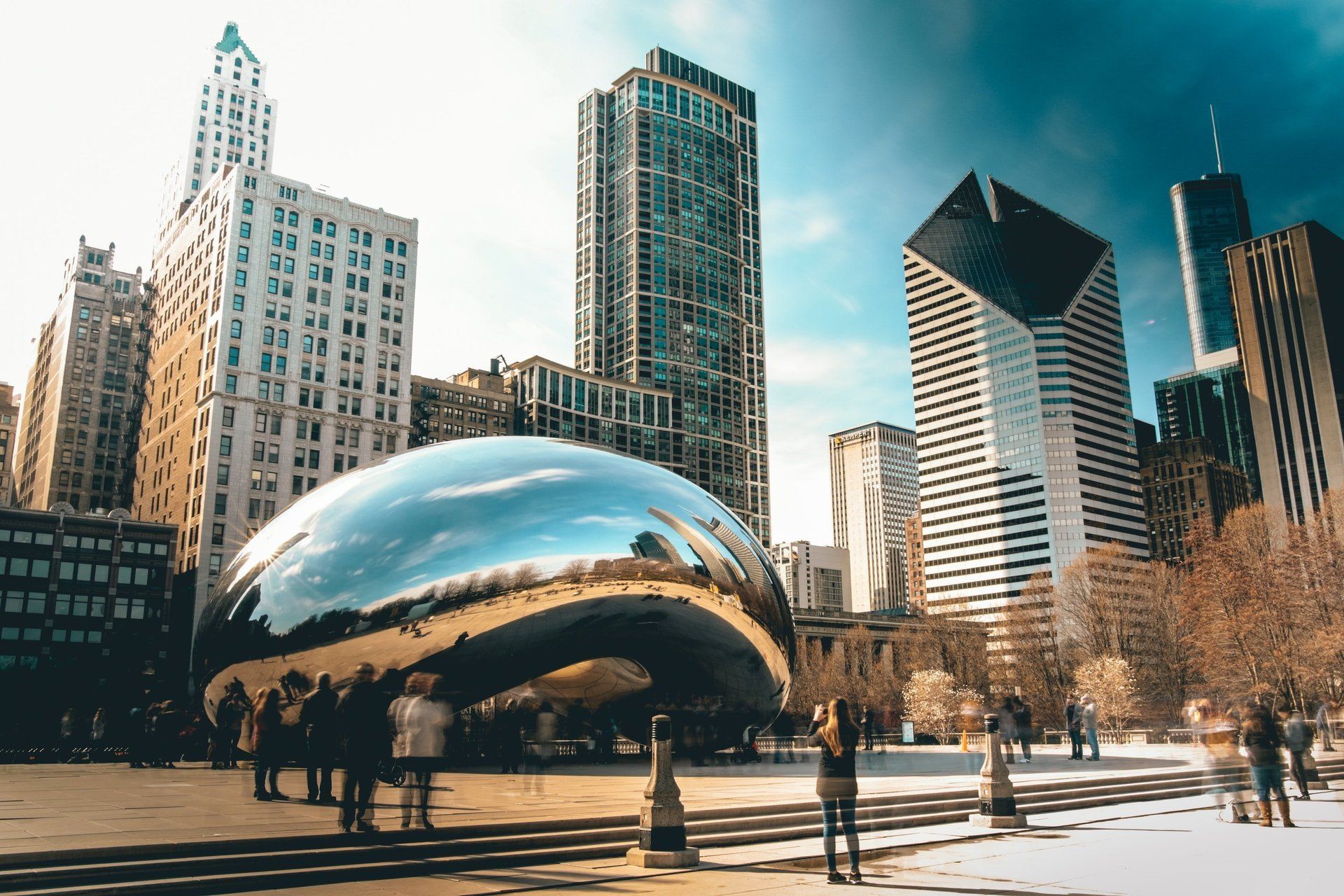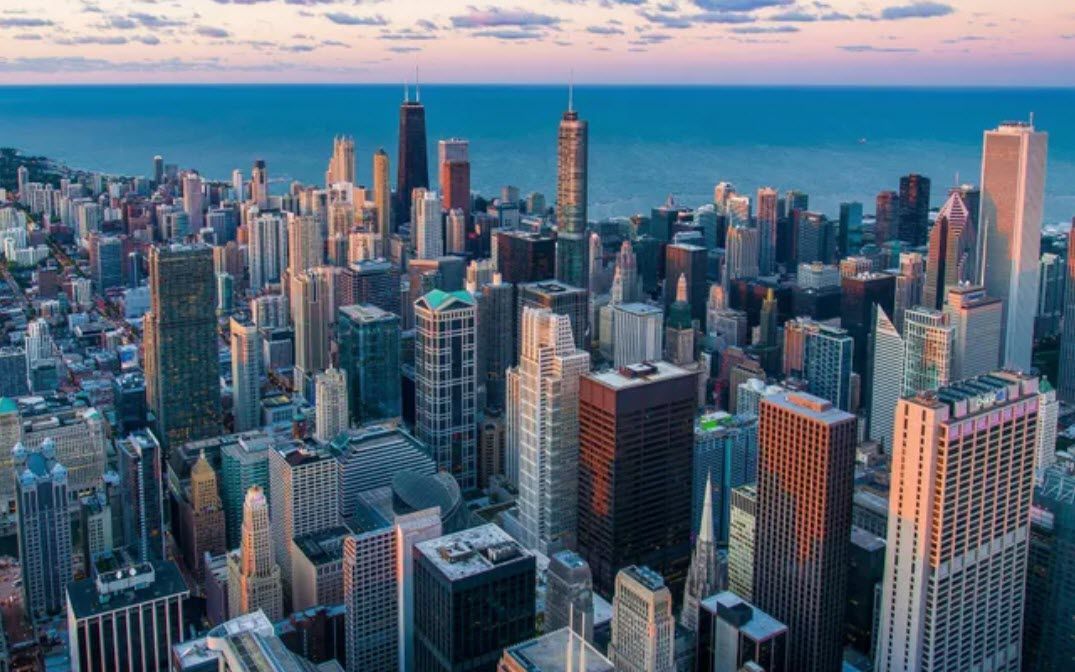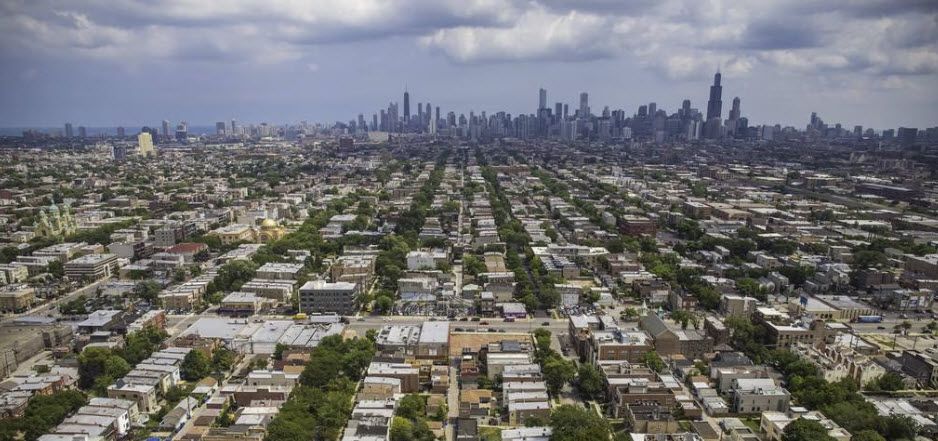Chicago City Council Adopts Air Quality Ordinance Including New Zoning Rules For Industrial Properties

The City of Chicago has just passed an amendment to its zoning Ordinance (Ordinance 2020-4590) that will have major implications for industrial and other property types in the City of Chicago.
Based on the overall goals of increased air quality and manageable traffic congestion, this legislation was subject to multiple revisions since its introduction by the Mayor’s Office in 2020, prior to its passage in its current form.
Essentially, the Ordinance provides for City oversight of warehousing, freight movement and wholesaling uses in commercial, manufacturing and PMD districts. The law provides for City authority over “by right” projects in a similar manner as the City has in special use situations.
Under the Ordinance, uses including warehousing, freight movement and wholesaling, among others, will be subject to site plan review standards which will include the following:
• Required air quality impact analysis (Department of Public Health review)
• Required traffic analysis study (Department of Transportation review)
• Mandated public comment/meeting(s)
• Review of the entire proposal or project
• Landscaping review
• Lighting review
The foregoing site plan review criteria is applicable to all such newly-established uses or existing uses that change or increase their area, bulk or function (in addition to the requirements of Section 17-13-0800).
Additionally, such uses will be subject to compliance with the Department of Planning and Development’s sustainable development policy.
Further, a Planned Development will become mandatory for sites greater than 10 acres. Also, for all uses except warehousing, freight movement and wholesaling, there will be an additional Planned Development trigger if within 660 feet of certain sensitive uses in residential, business, commercial or parks/open space districts.
In addition to the implications for warehousing, freight movement and wholesaling, standards on certain other uses in the City will be tightened, and some uses will be eliminated altogether. There will also be additional notice requirements for special use applications. Additional provisions that affect various uses, which are not identified here, are also incorporated into the Ordinance.
As with any legislation, users and owners will need to see how it is administered and evolves in practice. As the above requirements are implemented, questions as to the standards by which these uses will be judged will undoubtedly arise.









